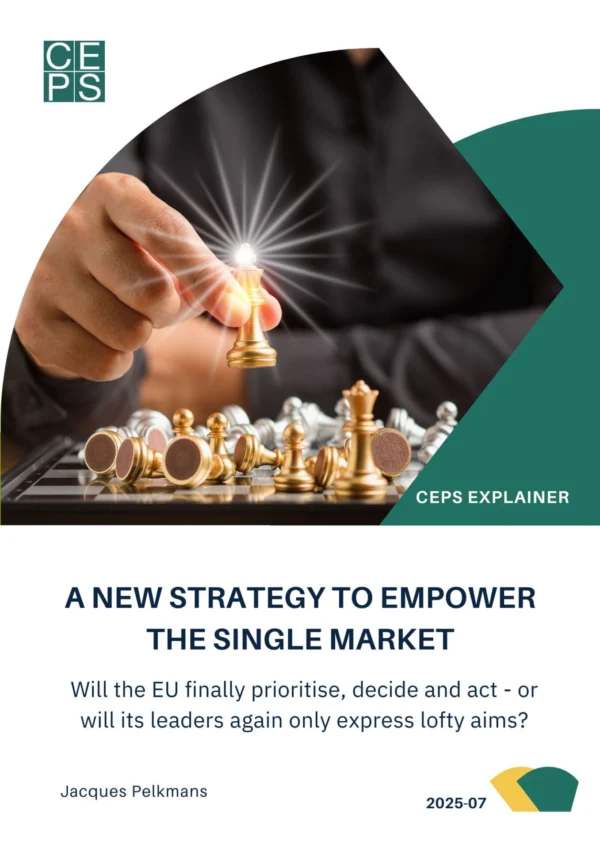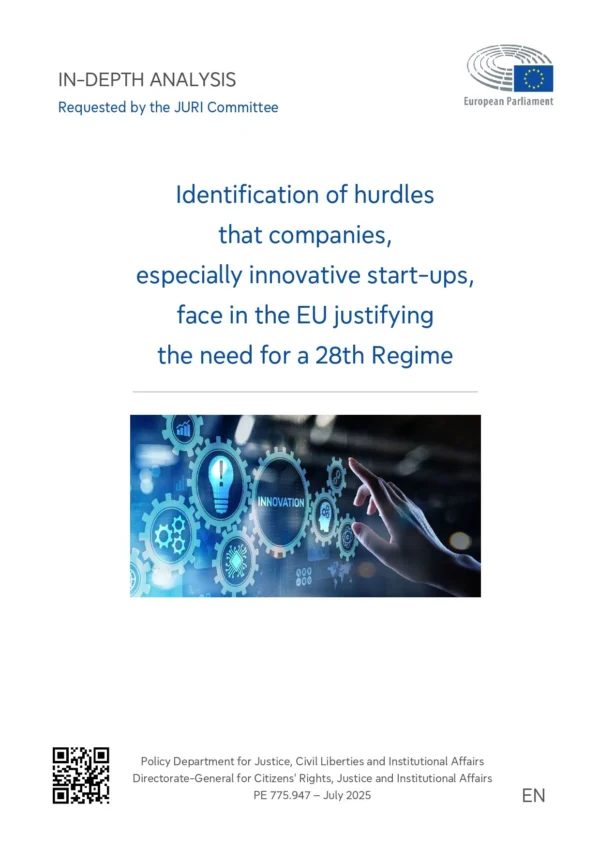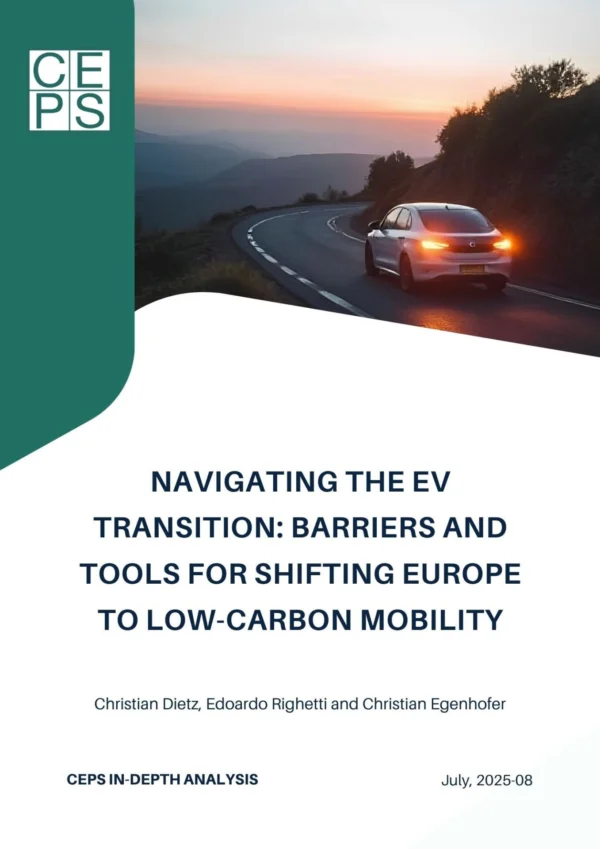It is difficult to measure the impact of the different episodes of quantitative easing (QE) undertaken since 2008 in the major advanced economies (the US, the UK and Japan). One can clearly discern QE in the expansion of the balance sheets of the central banks concerned, but the impact on (long-term) interest rates is difficult to isolate, given the global trend toward slower rates and the high degree of co-movement across major currency areas. For example, in the US, QE is credited with a strong fall in interest rates, but rates have also fallen as much in the euro area without the stimulus of QE until now. This simple finding implies that the studies that neglect the global trend might mistakenly credit QE with a fall in interest rates that was global and would have occurred anyway. The observation that QE did not have any impact on interest rate differentials is compatible with the fact that there is little evidence of a systematic effect of QE on the exchange rate. Moreover, the available academic studies find substantial impact when financial markets were in turmoil in 2008-09, but much smaller effects from the later QE operations. The medium-term impact of QE on growth and inflation seems to have been modest. It is too early to estimate the cost of exiting or reversing QE. The logic of the arguments for QE implies that the cost should be equal to the benefits of undertaking QE.
Daniel Gros is Director of CEPS; Cinzia Aldici is LUISS Research Fellow at CEPS and head of the Economic Policy research unit and Willem Pieter De Groen is Researcher at CEPS in the Financial Markets research unit. This contribution was commissioned as a Briefing Paper for the Monetary Dialogue, conducted quarterly by the Economic and Monetary Committee, European Parliament, 23 March 2015, and can also be downloaded on the EP’s website.












